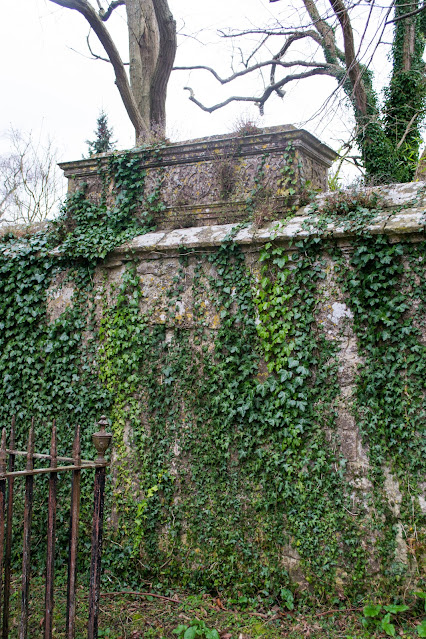E is for Edington
So, starting with the local dialect words ... do you know what eave means? What is an emmet? What is an evet? The answers are at the end of this post.
*********************
Today we are in Edington, a small picturesque village about 6 miles south east of Trowbridge.
I'd like to take you back in time to Christmas 877AD, a time when the Danes (Vikings) controlled most of the land that we now called England; Mercia, Northumbria and Essex had fallen to the Danes and their Kings had fled. Only Wessex and King Alfred the Great remained as the last hope against the marauding Danes. Alfred spend that Christmas at Chippenham (about 17 miles away) but the Danes attacked and he narrowly escaped into the countryside with a small group of followers. It is during this time that King Alfred is supposed to have burned the cakes.
In May 878AD, Alfred rallied his followers and defeated the Danes at the Battle of Ethandune - such an important battle that it is regarded as the event that gave birth to the English Nation. Scholars now generally accept that the correct location for this battle was actually the hills above Edington and the battle is now referred to as the Battle of Edington. I've always though of Edington as being a quiet backwater type of village, so it is mind-blowing to realise that it was at the centre of such an important event in our history.
Edington continued to play a part in English history. The Witan, an Anglo Saxon advisory council to the King, met there in 957AD. In 1351, a college of chantry priests was founded in the village which, at the instigation of Edward the Black Prince, was converted to a monastic house. The village was on an old pilgrim route between Bath and Salisbury (there are still three pilgrim wells in the area, one just down the road from Edington on the outskirts of Bratton), so Edington was an ideal place for the priory to thrive. The Chancellor of England ordered a priory church to be built and it was consecrated in 1361. On the dissolution of the monasteries in 1539, the Priory Church survived as it was not solely used by the monks but also functioned as the parish church for the villagers.
It is a beautiful church and is regarded as one of the finest examples of the transition period between Decorated and Perpendicular Gothic architecture in the country. It now holds an annual international Festival of Music within the Liturgy. It also has a gruesome event in its past!
In 1450 William Ayscough who was the Bishop of Salisbury and Confessor to King Henry VI took refuge in Edington Priory Church during the Cade Rebellion. He was discovered by an angry mob (who didn't seem to respect the sanctuary of the church!) and he was seized from the High Altar whilst celebrating Mass. He was taken to the top of Edington Hill and stoned to death.
*********************
The answers to the dialect words are:- eave - to sweat
- emmet - an ant
- evet - a newt




It was fascinating to read your local history. Being English myself, I feel quite embarrassed at not knowing very much history of our land. I dropped history at 14 for the sciences. As we grow older we tend to take more interest in the past.
ReplyDeleteThis is a very refreshing blog.
What a great post! Stopping in from the A-Z challenge to stay hi.
ReplyDeleteHow interesting! I've never even heard of Edington.
ReplyDeleteI enjoy finding out about the history of places and this was very interesting. I am looking forward to the rest of the months posts.
ReplyDeleteThis is fascinating! I definitely haven't heard of any of these words. Thanks for the history lesson! Stopping by from the A to Z :)
ReplyDelete